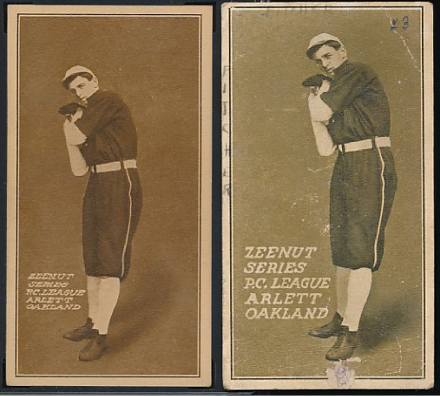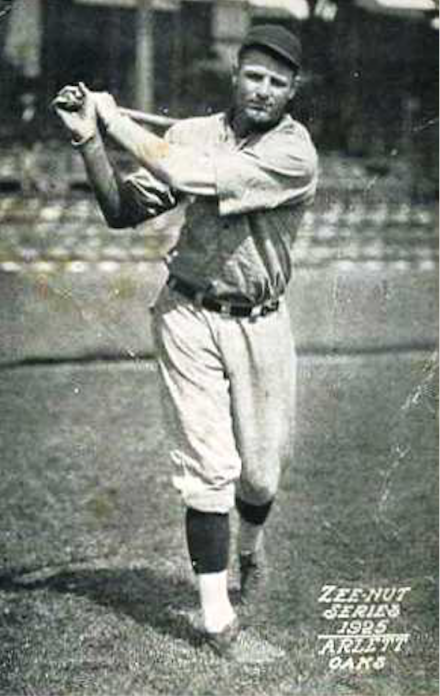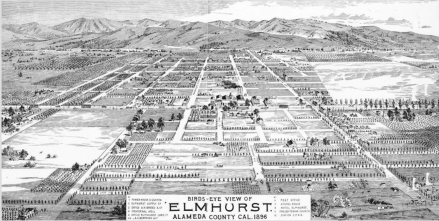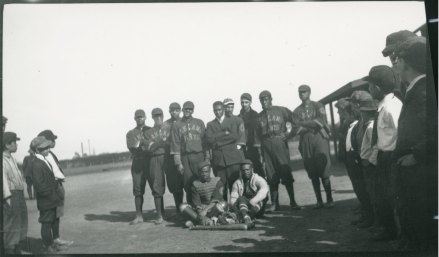
1912 Oakland Giants
This amazing photograph of the Oakland Giants tells a very unique story in itself. The kids in the photograph differ in race from the men in the photograph. Upon closer scrutiny, we can see the make up of the team, and who played on it; at least on that day. Not much is known about this African American team, other than they were a sight to see when they took the field, and were crowd pleasers to one and all who enjoyed the pleasure of watching them take up the ball and bat.
Their home field was Grove Street Park, which was located on in Oakland, California on 57th & Grove Street, which is now called Martin Luther King Jr. Way. There, they met such teams as Berkeley Independents, Burlingame, the Brock & Lott team, the Clarions, Hirschfields, the Monarchs, the Pennant Bars, Mill Valley, and Watsonville. Grove Street Park was once solely leased out by Cy Moreing of the California State League from the Stockton area, who once owned the Oakland franchise of the California based league. Moreing accessed the park from the Oakland Township for the specific reason of creating a strong outlaw baseball league in 1908. Cy was also a business man first and foremost, and knowing how to draw a crowd and make a buck, shared the space with the Oakland Giants, allowing African Americans to play on a field against the wishes of J. Cal Ewing of Pacific Coast League.
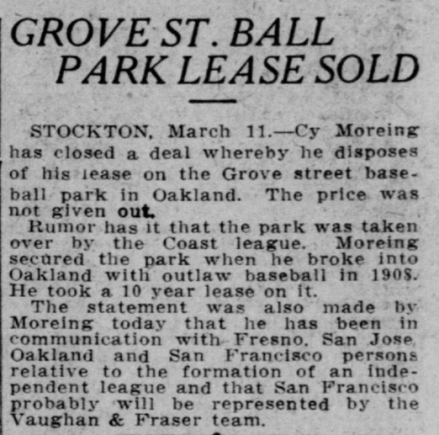
San Francisco Call, March 12, 1912
Moreing knew best how to get under Ewing’s skin, and by letting African American baseball players on any field that was shared with a white teams was certainly the best way to get Ewing’s goat.
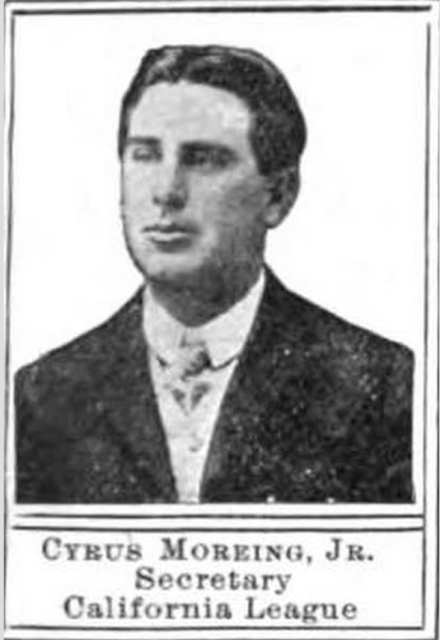
Cy Moreing, Spalding’s Official Base Ball Guide -1907, pg. 227
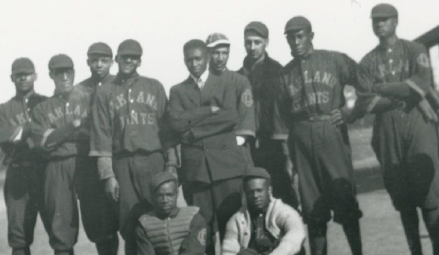
Left to Right: Top Row: A. Thomas, unknown, N. “Tick” Houston, Herb Clarke, Nelson Watson (manager), Chet Bost, Richardson, unknown, Perry.
Bottom Row: Hillary “Bullet” Meaddows, White.

The Freeman, May 25, 1912
The Oakland Giants were owned and managed by Nelson Watson, born in Salina, Kansas in 1882. Growing up in the town where Lee Jeans had opened their first factory, young Nelson was probably a keen observer of industry, and eventually moved West to seek his fortune in West Oakland. He worked in a barbershop as a porter in Swan’s Market, and eventually became a Ships’ Carpenter’s helper on Mare Island, which was known as the first base of operations protecting commerce of the United States, building the earliest model submarines for the United States Navy, and also the Navy’s very first Aircraft Carrier. His leadership was instrumental in building a winning team.
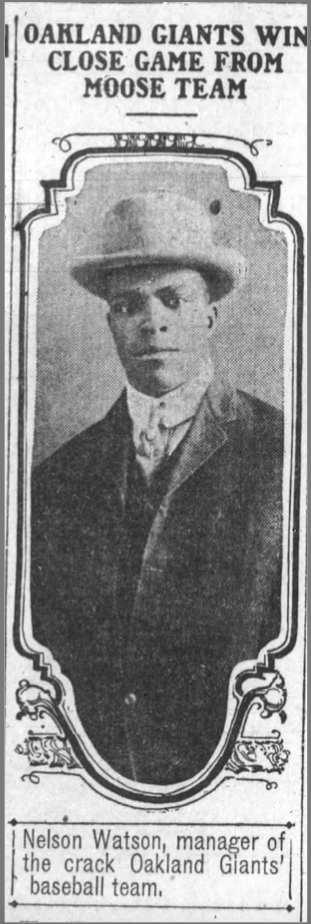
“The Giants, better known as the Oakland Giants are making quite a record this season, having lost only one game out of the nine played. The club is composed of several high class ball players who rank the best on the coast.
Clarke, captain of the club, has carefully gotten together and drilled the team to play a nice article of ball, and with himself and such god[sic] men as Bost, Martin, and Houston, he has an infield which is very hard to beat.
Chet Bost, his fast shortstop, is a valuable man to the club as he has had league experience, having played short for the Occidentals of the Utah State league last season. He is one of the club’s heavy hitters and the speediest base-runners, as he is hitting 320.” -The Oakland Tribune, June 27, 1912
Some of the other team members pictured, like B. Martin played on the Elmhurst team, in the Oakland City winter league. “Tick” Houston played on a integrated team in Fruitvale called the Oakwoods the season before joining the Oakland Giants. And a very young Hillary “Bullet” Meaddows pitched as well as caught for the Oakland Giants, and this is where his three decade career in baseball really began. Most of the cities that the Oakland Giants played in would have been considered “sundown town”, and traveling these out-of-the-way distances by car, train, or ferry to and from places like Watsonville, Petaluma, Mill Valley or Burlingame would have been an added adventure along the California Coast on El Camino Real, internally along “State Route” Hwy 99, or across the San Francisco Bay by boat or ferry.
The “State Highways Act” was passed, taking effect on December 31, 1910, so most of the roads being constructed at that time were fairly new, or old very old toll roads that were made of dirt and at best had gravel in some places — and the towns along the way were rural and small. Oakland was a major city compared to a lot of agricultural towns that the Oakland Giants played against in 1912, and seeing African Americans men play baseball was a ‘novelty’, especially when their baseball skill sets were above average. The Oakland Giants travels were reminiscent of Bingo Long Traveling All-Stars & Motor Kings, because this was California still in its youth, where the King’s Highway went from one mission town to the next.
What the city of Oakland looked like…

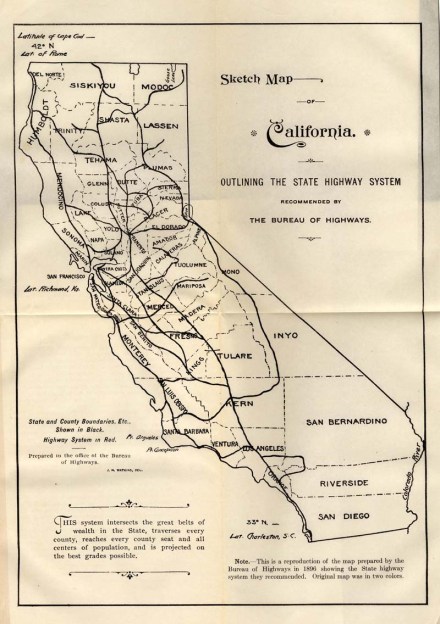
….was not what the California road system looked like in 1912.

This type of road travel was ‘pre Green Book’ era by two plus decades, and the Oakland Giants stepped far away from the safety of West Oakland to play baseball is towns that were considered a great distance from their home base. The 1912 season was referred to as the “Bumper Crop of Alfalfa Baseball” for the bush league teams of the San Francisco Bay Area and outlying regions from Watsonville to Bakersfield.
In 1910, Oakland had a population of 150,174, and an African American population of just a little over 3,000, coming in only second to Los Angeles. Oakland was filled with immigrants, fleeing starvation in Europe, made up of mostly foreign born men, Alameda County and the surrounding area was virtually a paradise for anyone who had agricultural skills, or just someone seeking an opportunity in the industrial sector. Jack London’s “Valley Of The Moon” best explains the struggles between the newly arriving immigrants and native-born peoples of the Bay Area, who were constantly competing in the job market, and the everyday struggles they endured in this very diverse landscape called Oakland.
Baseball was an escape from those daily struggles. and teams like the Oakland Giants filled the absence of the defunct California State League of 1910, and kept the game of baseball afoot.


